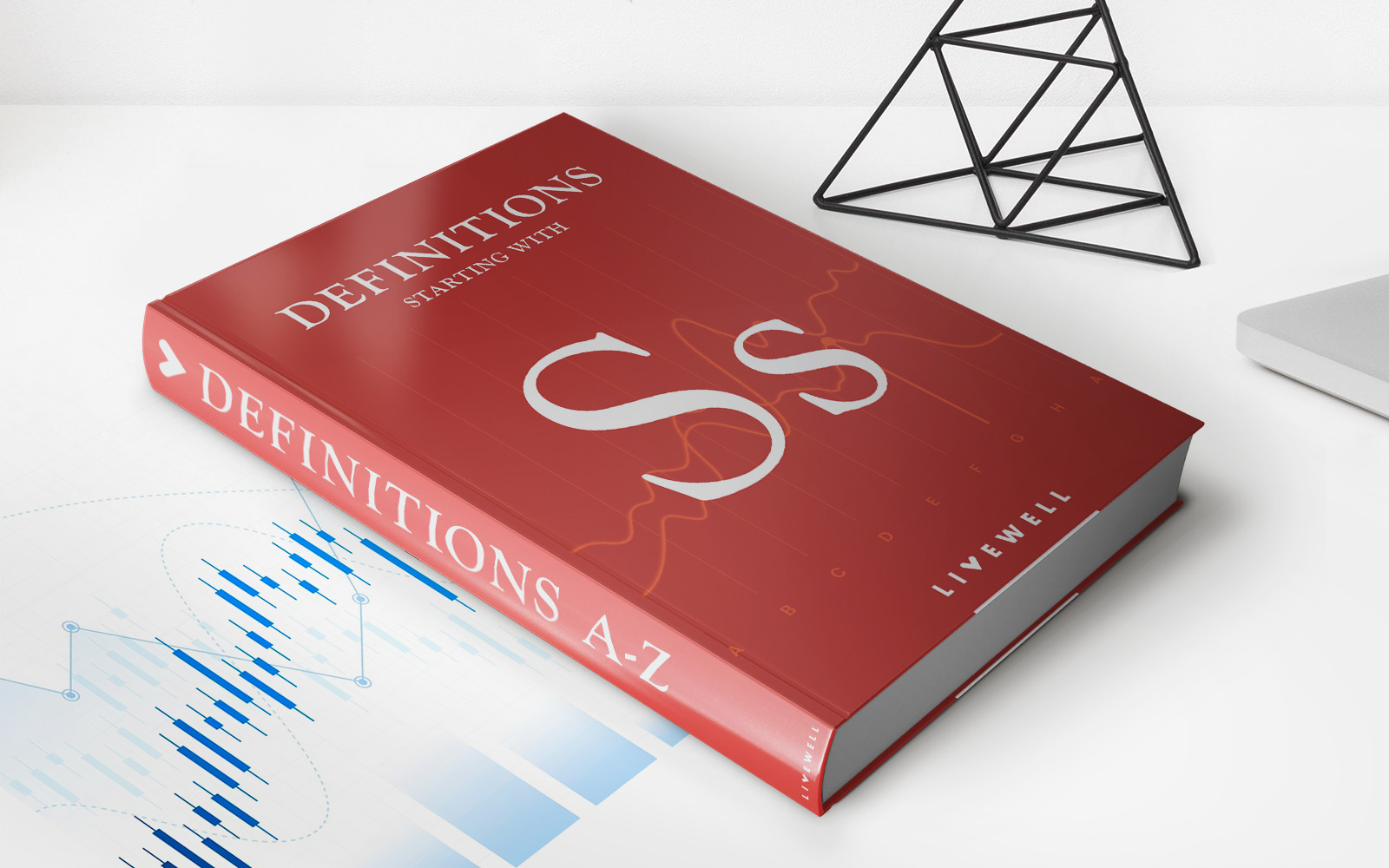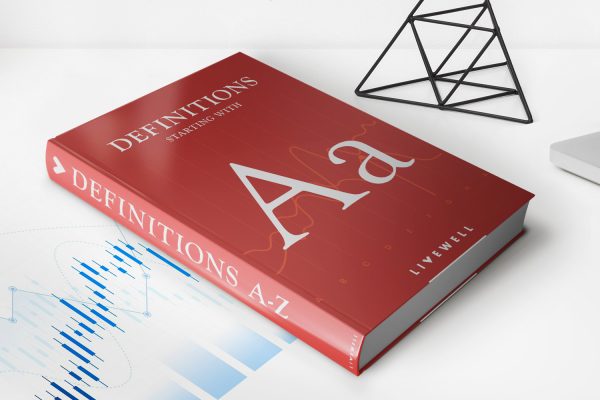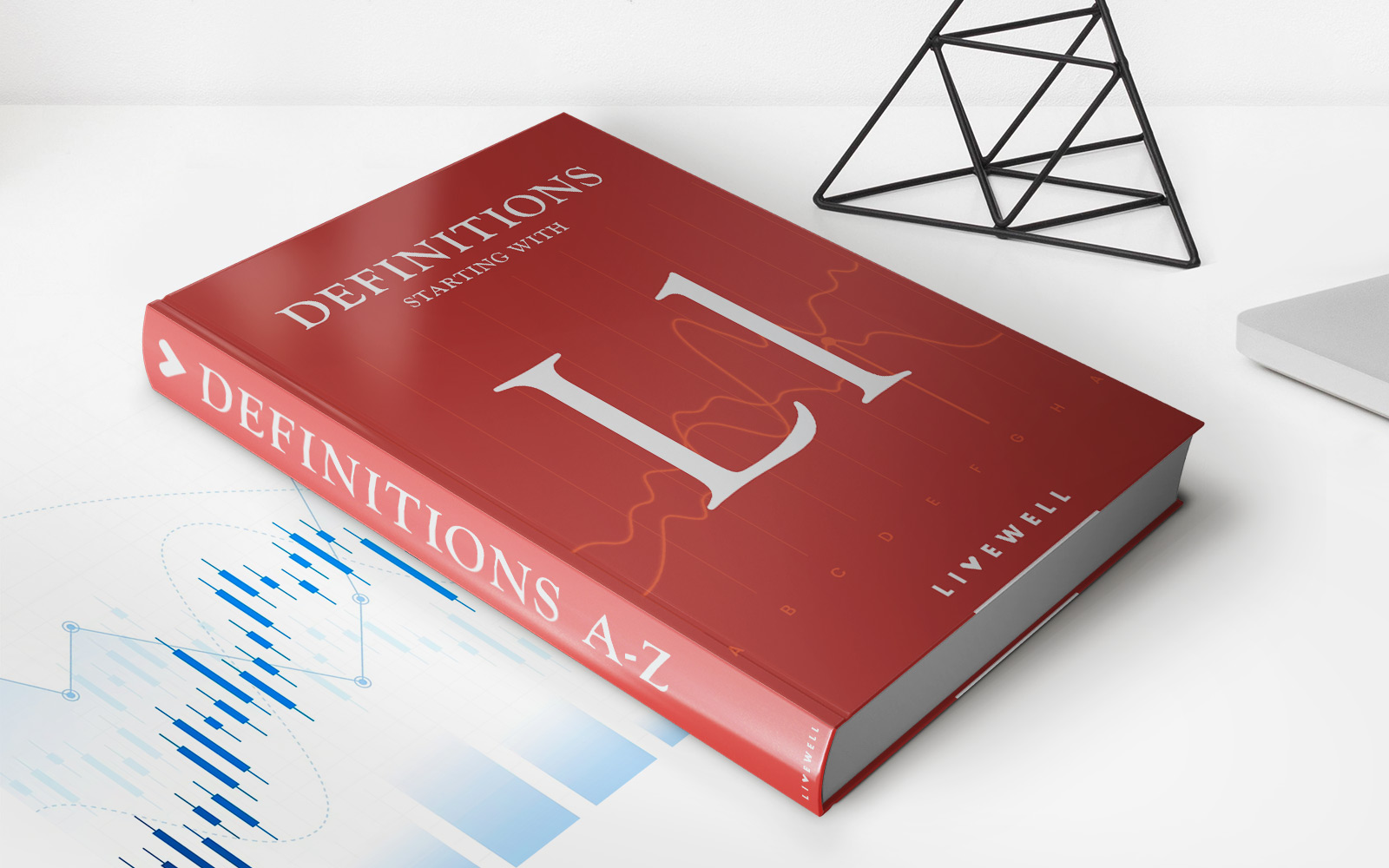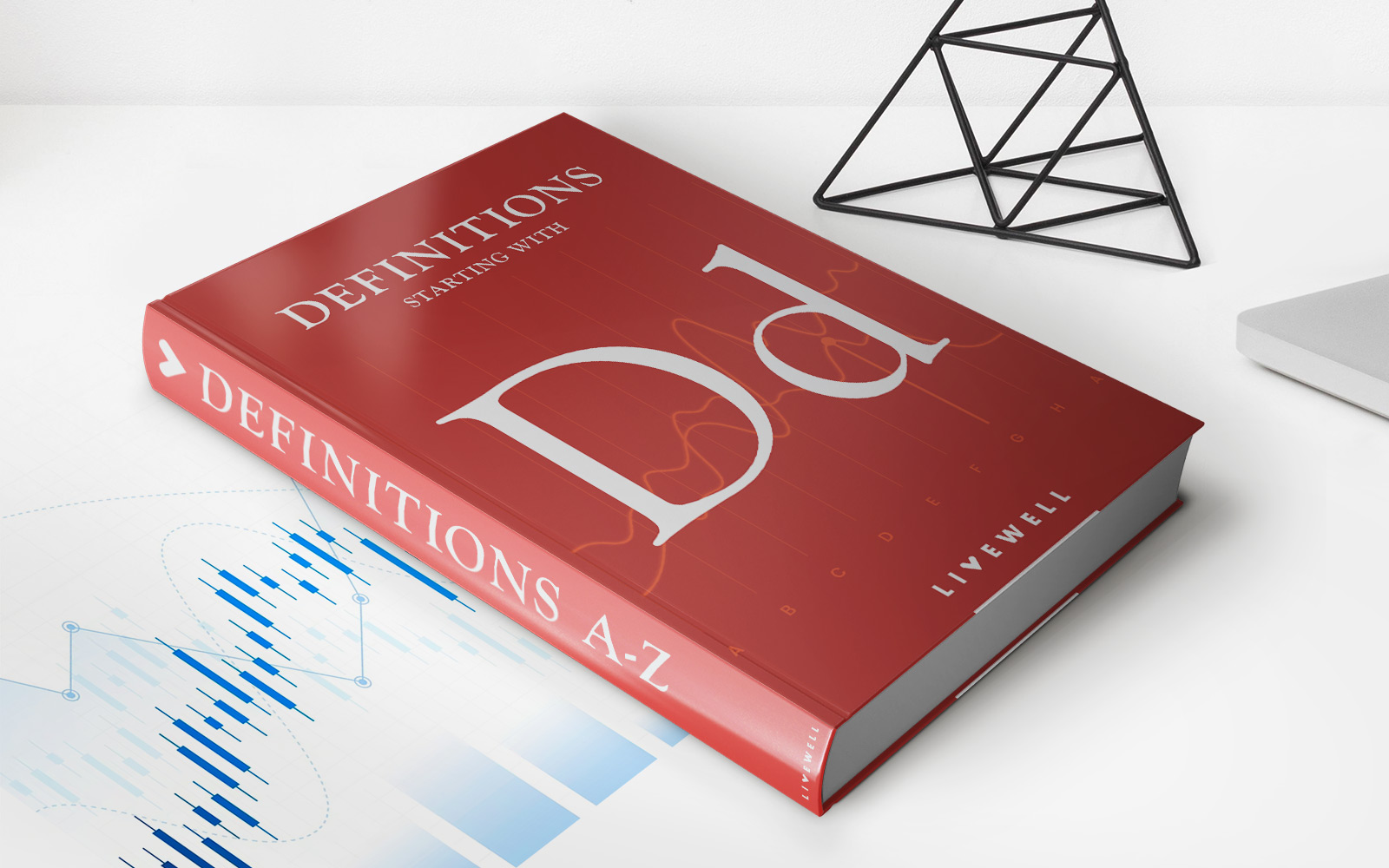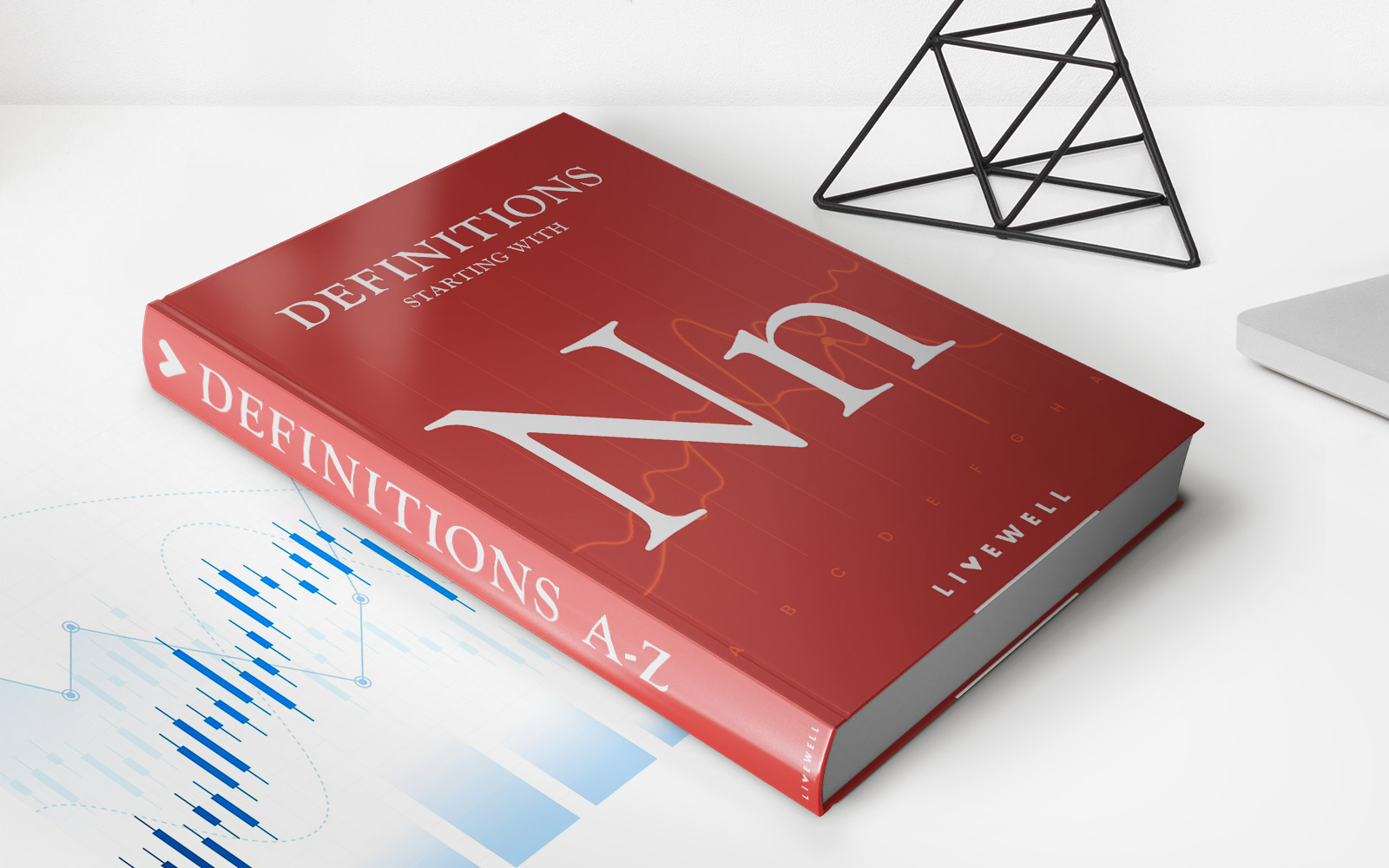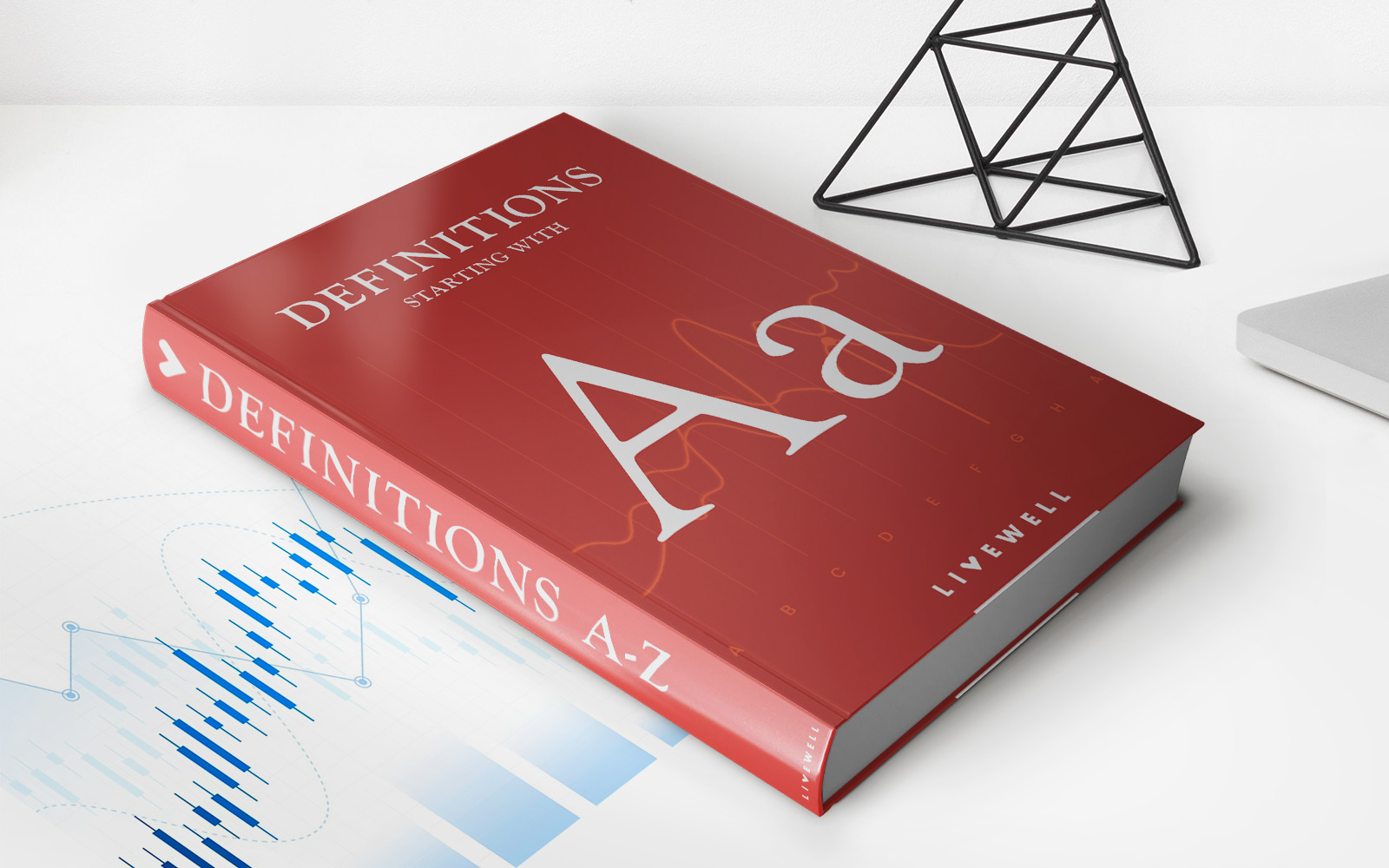Home>Finance>What Is Platykurtic? Definition, Examples And Other Distributions


Finance
What Is Platykurtic? Definition, Examples And Other Distributions
Published: January 8, 2024
Discover the meaning of platykurtic in finance, along with examples and other distributions. Enhance your knowledge of finance terminologies and their practical use.
(Many of the links in this article redirect to a specific reviewed product. Your purchase of these products through affiliate links helps to generate commission for LiveWell, at no extra cost. Learn more)
What is Platykurtic? Definition, Examples, and Other Distributions
When it comes to understanding finance, it’s essential to familiarize yourself with various statistical concepts. One such concept is platykurtic. In this blog post, we will delve into the meaning of platykurtic, provide examples of platykurtic distributions, and discuss other related distributions commonly used in finance.
Key Takeaways:
- Platykurtic refers to a statistical distribution with thinner tails and a flatter peak compared to a normal distribution.
- Platykurtic distributions are characterized by a negative excess kurtosis value, indicating less extreme values and fewer outliers in the data.
What is Platykurtic?
In statistics, the term “platykurtic” is used to describe a probability distribution that has flatter peaks and thinner tails compared to a normal distribution. The word “platykurtic” is derived from the Greek words “platus,” meaning flat, and “kurtos,” meaning curve. Unlike a normal distribution with a peak in the center and gradually decreasing probability as you move away from the center, a platykurtic distribution has a wider spread of values and a lower peak.
Examples of Platykurtic Distributions
To understand platykurtic distributions better, let’s consider a few examples:
- Uniform Distribution: A uniform distribution is an example of a platykurtic distribution. In this distribution, all values within a specified range have an equal chance of occurring. The probability density function of a uniform distribution is constant, resulting in a flat peak and thinner tails.
- Exponential Distribution: The exponential distribution is another example of a platykurtic distribution. It is commonly used to model time between events in various fields, such as finance and queuing theory. The exponential distribution has a rapid initial decay and thinner tails compared to the normal distribution.
Other Distributions in Finance
Besides platykurtic distributions, there are two other commonly used distributions in finance:
- Leptokurtic Distribution: A leptokurtic distribution refers to a probability distribution with a higher peak and fatter tails compared to a normal distribution. This distribution is characterized by a positive excess kurtosis.
- Mesokurtic Distribution: A mesokurtic distribution is synonymous with a normal distribution. It has a bell-shaped curve with a moderate peak and tails that gradually decrease as you move away from the center. The excess kurtosis for a mesokurtic distribution is zero.
Understanding the different distributions in finance can be valuable when analyzing data and making informed financial decisions. By recognizing the characteristics of platykurtic, leptokurtic, and mesokurtic distributions, you can gain insights into the probability and potential risks associated with specific data sets.
Next time you come across a platykurtic distribution, you’ll have a better understanding of its characteristics and significance in the field of finance. Remember, a platykurtic distribution signifies a flatter peak, thinner tails, and lower kurtosis compared to a normal distribution.
*Disclaimer: The information provided in this blog post is for educational purposes only and should not be taken as financial advice.



